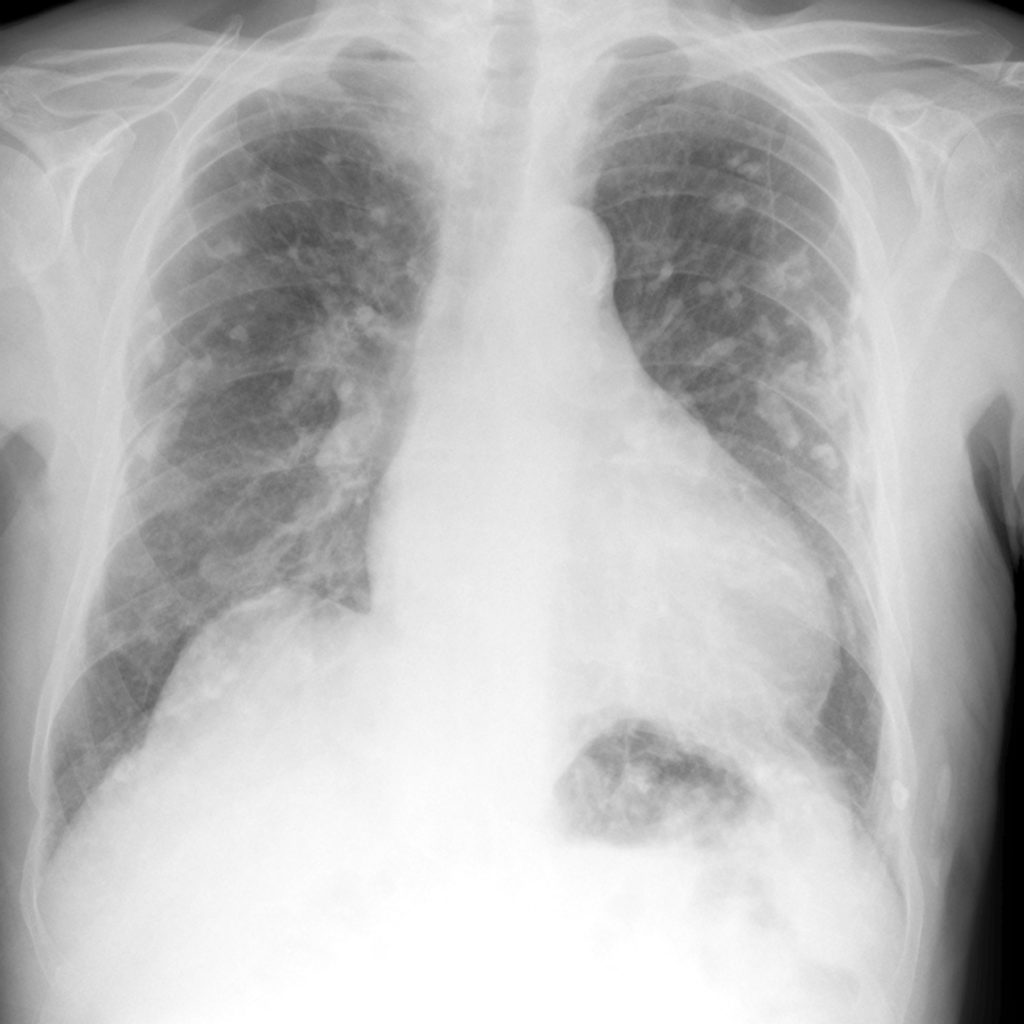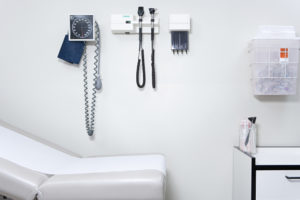
Recent research has recently emerged that sheds light on why radiologists may sometimes miss certain diseases or conditions in medical imaging scans. Radiologists play a crucial role in interpreting images such as X-rays, CT scans, and MRIs to identify and diagnose diseases, but continuing research, including this study, reveals that there are inherent challenges and cognitive biases that often are factors in errors. Understanding these factors is essential for improving accuracy and patient outcomes. The following are some key insights from the study.
Cognitive Biases
In 1949, there were articles published by radiologist Leo Henry Garland, MD, former RSNA president, who found that experienced radiologists would miss important findings in approximately 30 percent of chest radiographs. Despite the incredible advances made in this technology, the error rate remains about the same, leading many researchers to point to human error.
This most recent study highlights the impact of cognitive biases on radiologists’ ability to detect diseases. Cognitive biases are inherent mental shortcuts or patterns that influence decision-making. Radiologists can be susceptible to biases such as confirmation bias (focusing on information that confirms preexisting beliefs), availability bias (relying on readily available information), and satisfaction of search bias (prematurely stopping the search for additional findings after detecting an abnormality). These biases can lead to overlooking important abnormalities or misinterpreting findings.
Visual Perception Challenges
Radiology is a visually demanding field, and radiologists must interpret complex images to detect subtle abnormalities. However, the study reveals that visual perception challenges can contribute to missed diagnoses. Factors such as image quality, anatomical variations, overlapping structures, and the inherent complexity of certain diseases can make it difficult to identify abnormalities accurately.
Time Constraints
Radiologists often face time constraints due to heavy workloads and high patient volumes. Limited time for each case can lead to cognitive overload and increased chances of diagnostic errors. Researchers found that the pressure to interpret images quickly can compromise radiologists’ accuracy and increase the likelihood of missing diseases.
Experience and Expertise
The research highlights the impact of experience and expertise on diagnostic accuracy. Less-experienced radiologists may be more prone to missing diseases due to a lack of exposure to certain conditions or unfamiliarity with atypical presentations. On the other hand, even experienced radiologists can make errors when faced with challenging cases or rare diseases.
Systemic Factors
The study also addresses systemic factors that can contribute to missed diagnoses. Inadequate communication and information sharing between radiologists and referring physicians, insufficient access to prior imaging studies or patient history, and suboptimal follow-up processes can all play a role in diagnostic errors.
Technological Advances
The research emphasizes the potential of technological advances to assist radiologists in improving accuracy and reducing diagnostic errors. Artificial intelligence (AI) and machine learning algorithms can help in image analysis, flagging abnormalities, and providing decision support. However, it is crucial to strike a balance between the use of technology and the expertise of radiologists to ensure optimal diagnostic outcomes.
Continuous Education and Training
To address the challenges identified in the research, ongoing education, and training are vital. Radiologists should stay updated with the latest advancements in their field, participate in continuing medical education programs, and engage in peer learning and case discussions. Continuous learning can help radiologists recognize biases, enhance visual perception skills, and improve overall diagnostic accuracy.
Quality Assurance Programs
Implementing quality assurance programs within radiology departments can also contribute to reducing missed diagnoses. These programs involve a systematic review of cases, peer review and feedback, and retrospective analysis of errors to identify areas for improvement. By fostering a culture of learning from mistakes and implementing quality improvement initiatives, radiologists can enhance their diagnostic capabilities.
Collaborative Approach
Collaboration between radiologists, referring physicians, and other healthcare professionals is essential for accurate diagnosis and timely patient management. Effective communication, multidisciplinary discussions, and a team-based approach can help mitigate diagnostic errors and improve patient outcomes.
Contact Our Medical Malpractice Law Firm
If you have suffered illness or injury due to a medical professional’s missed diagnosis, contact a Virginia Beach medical malpractice attorney from Shapiro, Washburn & Sharp. Our firm has been advocating for injured clients for more than three decades and will work diligently to get you the financial compensation you deserve. Call our office today for a free case evaluation.
RELATED CONTENT

An experienced personal injury attorney with dual licensure in Virginia and North Carolina, Eric Washburn received a B.B.A. in Finance from James Madison University—initially worked in the information technology field before obtaining his law degree from Thomas M. Cooley Law School in Lansing, Michigan. Once an Assistant Commonwealth’s Attorney in Danville, Va., Eric has been recognized by Super Lawyers Magazine as a “Rising Star” Super Lawyer in Virginia since 2014.










Comments for this article are closed.